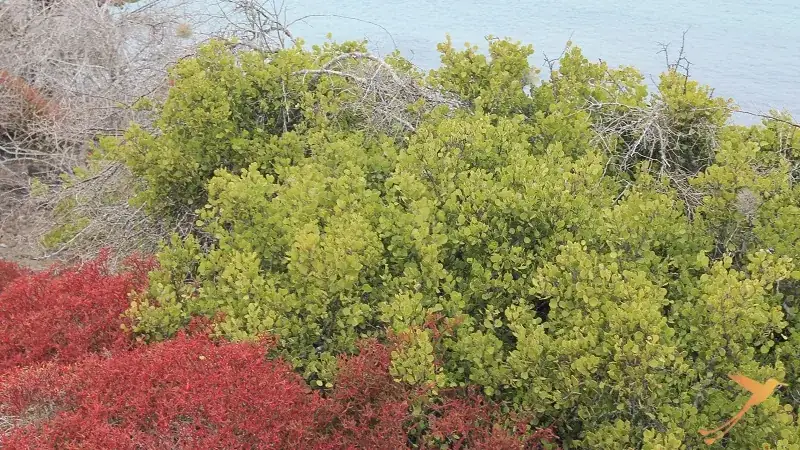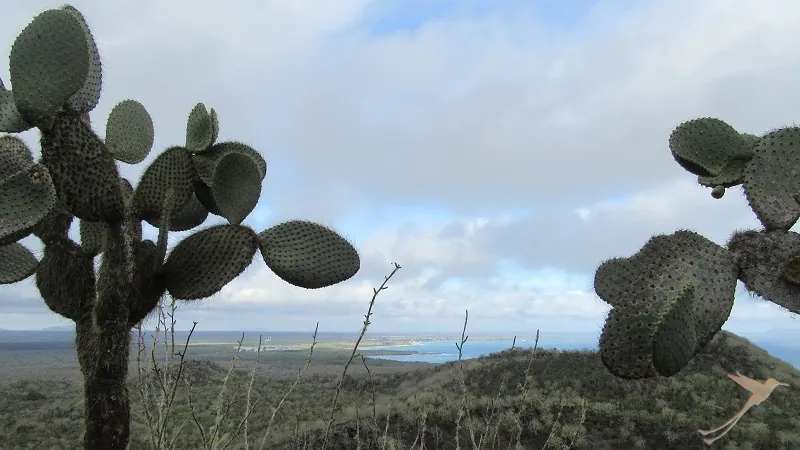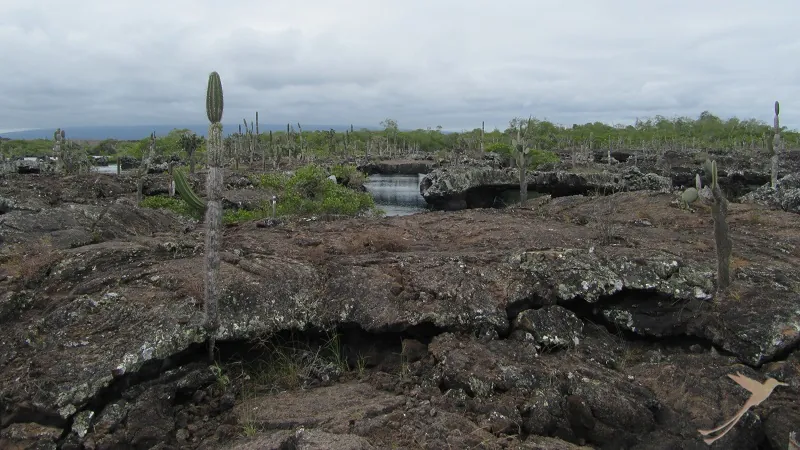THE GALAPAGOS OWL - SHORT-EARED OWL

SOLEQMASTER
In our blog series about the fauna and flora of Galapagos, we have already reported about the giant tortoise, land iguana, sea lizard and lava lizard, but also about the Galapagos sea lion, different species of rays, hammerhead shark, flamingo, blue-footed booby, and penguin. Another bird that inhabits the archipelago is the short-eared owl, also called the Galapagos owl. This blog article is about this animal and reports details about its habitat, diet, occurrence and much more.

The short-eared owl is native to the Galapagos Islands and has developed behaviors that are sometimes very different from other owl species. It received the English name “short-eared owl”, to emphasize the small feather ears that are characteristic of the animal. Sometimes the ears are not visible at all. The heart-shaped face is reddish-brown with a dark edge, the area around the eyes brown, black. Like the face, the entire upper side of the body is colored; the forehead, crown and nape of the neck have longitudinal brown-black stripes. The paler underside of the body is sand-colored with brownish longitudinal stripes and a few transverse stripes. The yellow eyes provide a striking contrast to the otherwise dark facial color, making the species distinctive. With a size of about 35 cm, the short-eared owl is a medium-sized species of its genus. Female specimens are heavier than their male comrades, weighing about 420 grams. Males have a weight of about 380 grams.
Habitat, diet and reproduction
The Galápagos Long-eared Owl lives on almost all islands of the archipelago, but it usually hides from visitors, although it is a diurnal species. Only where many Galápagos Hawks are active, it is more often nocturnal. It likes to inhabit open, moist grasslands with trees, shrubs, and ferns at higher elevations on the larger islands, but also sometimes lives in arid landscapes with cacti and lava rocks.

It lives at altitudes up to 850 m above sea level and rests mostly in the shade on the ground, occasionally in crevices of the lava rock. It is most likely to be spotted on fence posts or rocks in the morning. The owl feeds mainly on small birds such as Darwin’s finches, red-footed booby chicks and Galapagos pigeons. Its hunting technique is very specialized – it approaches the nests of other birds and strikes them when they try to enter or leave their nests. Besides birds, it also eats rats, mice, insects, and smaller reptiles. Prey usually dies during impact or by biting the head or neck. Birds that are captured are killed by biting off first their heads and then their wings. In larger birds, the owl eats only the breast meat. If the short-eared owl can show a surplus of food, it places the remaining prey in its nest and eats it at a later time. The mating season takes place from November to May. Three to four white eggs are then laid in a small depression on the ground, often between the roots of a tree trunk or between lava rocks. Mostly only two small owls grow up, which are hatched before by the mother alone. The father provides the family with food during this time. After fledging, the young spend several weeks with their parents.
Endangerment
Little is currently known about the endangerment status of the short-eared owl. However, their occurrence in other areas around the world has declined in recent years. The reason for this is poaching and agriculture, which destroys breeding nests of the birds. The population in the Galapagos Islands is difficult to estimate and therefore unknown. However, it is sighted regularly, so the presence of the short-eared owl can be determined with certainty. To continue to protect the animals, do not disturb them during sightings and observe them only quietly and from a few meters away. It is also important not to destroy or touch breeding nests, so as to ensure the reproduction of younger.

Discovering the Galapagos Owl in a lava tunnel sounds surreal at first. But on the Galapagos Islands this is exactly possible. Explore the archipelago with us and embark on a new adventure. From last minute deals and cruises to island hopping and family vacations with young children, we offer it all. Feel free to contact us, we look forward to welcoming you soon in beautiful Ecuador and to show you other impressive creatures of flora and fauna besides the short-eared owl!
visit our other channels
Recent Posts
- From Manglaralto to Pacoche and surroundings April 18, 2024
- Excursions within the rainforest region of Ecuador April 5, 2024
- Ecuador in a state of emergency?! My personal experience March 22, 2024
- The 10 most beautiful lakes and lagoons in Ecuador – Part 2 March 12, 2024
- The 10 most beautiful lakes and lagoons in Ecuador – Part 1 February 23, 2024